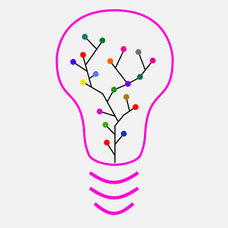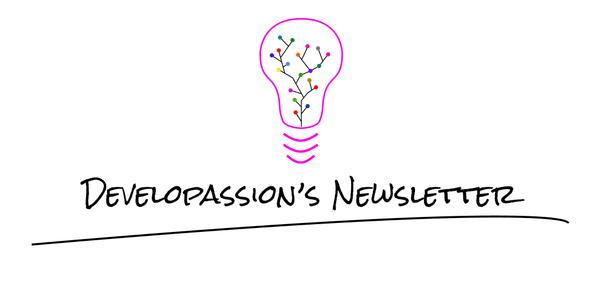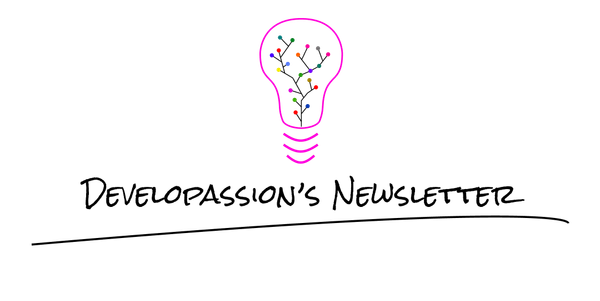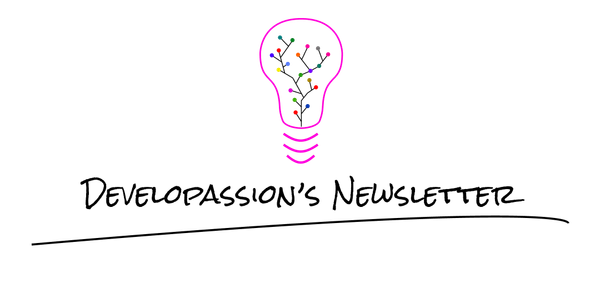Making the Most of Daily Notes as Your Knowledge Inbox - A Content Creator's Guide
Learn how to transform your daily notes into a powerful content creation funnel that helps you capture, process, and publish valuable content consistently.

Learn how to transform your daily notes into a powerful content creation funnel that helps you capture, process, and publish valuable content consistently.
Tired of losing brilliant content ideas? Let me show you how to turn your daily notes into a powerful content creation engine.
In this article, I want to help you transform your daily notes into a robust knowledge inbox that fuels your content creation process.
Introduction
As a content creator, you're probably drowning in ideas and inspiration. But without a reliable system to capture and process these gems, they often slip through your fingers. That's where daily notes come in—not just as a journal, but as the foundation of your content creation funnel.
Picture this: You're in the middle of your morning routine when inspiration strikes. Maybe it's a unique perspective on a trending topic, or a brilliant analogy that perfectly explains a complex concept. Without a trusted system, that spark might fade away before you can turn it into valuable content. I've been there, and I've lost countless ideas this way before developing my current approach.
Random note-taking apps and scattered documents won't cut it anymore. You need a centralized inbox that captures everything and helps you transform raw ideas into valuable content. Think of your daily notes as your personal content creation laboratory—a place where raw ideas undergo a transformation process to become polished, valuable content that resonates with your audience.
TLDR;
- Use daily notes as your universal capture tool for ideas, insights, and discoveries
- Structure your daily notes to separate different types of content
- Process your daily notes weekly to extract atomic ideas
- Connect extracted ideas to create unique content
- Maintain a clear workflow from capture to publication
- Leverage AI to accelerate
Consider this your roadmap to content creation success. Each point builds upon the previous one, creating a seamless flow from initial capture to final publication. I've refined this system over years of content creation, and it's helped me maintain a consistent publishing schedule while continuously improving the quality of my output.
Think of this system as your personal content creation assembly line. Each step adds value to your raw material (ideas and insights), ultimately producing finished pieces that stand out. The beauty of this approach is that it works whether you're creating written content, videos, podcasts, or any other format.
Let me listen to this 🎙️
I have used AI to generate a podcast version of this article. You can find it here:
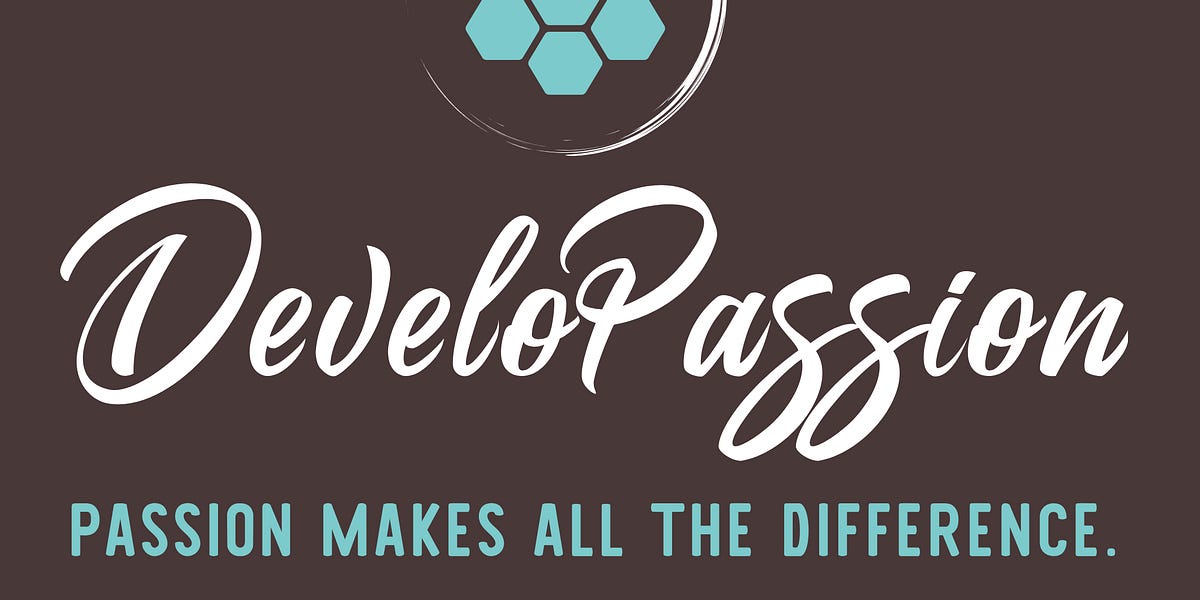
Benefits of Using Daily Notes as Your Knowledge Inbox
1. Frictionless Capture
- Everything enters through one entry point
- No decision paralysis about where to put things
- Capture ideas without breaking your flow
- Context preservation through timestamps and daily structure
Remember the last time you had a brilliant idea but lost it because you couldn't decide where to write it down? That's exactly what we're eliminating here. By having a single, trusted place for all your captures, you're free to focus on the content of your thoughts rather than the mechanics of storing them.
I used to juggle between different note-taking apps, trying to organize everything perfectly from the start. It was exhausting and often led to lost ideas. Now, everything goes into my daily notes first, no questions asked. It's liberating to know that every insight, no matter how rough or incomplete, has a home.
2. Natural Organization by Time
- Automatic chronological structure
- Easy to track the evolution of ideas
- Natural spaced repetition when reviewing
- Clear historical record of your thinking
Your daily notes become a living record of your intellectual journey. They tell the story of your growth and development as a creator. This chronological structure is incredibly powerful for understanding how your ideas evolve and mature over time.
Looking back through my daily notes often reveals surprising connections and patterns. Ideas that seemed unrelated at first glance start to form coherent themes when viewed across time. This natural organization has helped me develop some of my most successful content series and spot emerging trends in my field before they became obvious.
3. Content Creation Superpower
- Never run out of content ideas
- Build unique perspectives over time
- Create content from authentic experiences
- Maintain consistency in your content calendar
Think of your daily notes as a personal content mine. Instead of starting from scratch every time you need to create something new, you're drawing from a rich repository of your own thoughts, insights, and discoveries. This approach transforms content creation from a stressful scramble into a natural extension of your daily thinking process.
I remember when I used to stare at blank pages, struggling to come up with fresh ideas for my next piece. Now, I simply review my daily notes and find dozens of potential topics, complete with my initial thoughts and relevant examples. It's like having a conversation with your past self, building upon ideas that you've already started developing.
4. Knowledge Development
- Watch your expertise grow organically
- Connect ideas across different domains
- Develop deeper insights through regular reflection
- Build a valuable knowledge asset
Your daily notes aren't just a collection of random thoughts—they're the building blocks of your expertise. Each captured insight, question, or observation contributes to your understanding of your field. Over time, these accumulate into a unique body of knowledge that sets your content apart.
I've noticed that some of my most valuable insights come from connecting ideas across different entries in my daily notes. Something I captured months ago suddenly becomes relevant in a new context, leading to fresh perspectives that my audience finds valuable. This organic knowledge development is impossible to replicate with more rigid systems.
Implementation: Setting Up Your Daily Notes System
Step 1: Create Your Daily Notes Template
Start with a template that includes these key sections:
- Notes of the day (raw capture)
- Discoveries (interesting findings, content ideas and insights)
- Interesting links (organized by topic)
- Questions and open loops
- Tasks and progress
When I first started with daily notes, I made the mistake of creating an overly complex template with dozens of sections. It was overwhelming and actually made me less likely to use the system. The template I use now is the result of months of refinement, keeping only what truly adds value to my content creation process.
Your template should feel like a comfortable home for your thoughts, not a rigid framework that constrains them. I recommend starting with these basic sections and adjusting them based on your specific needs. Some creators add sections for specific content types they produce, while others prefer a more minimal approach.
Common pitfalls:
- Overcomplicating the template
- Creating too many sections
- Not leaving room for flexibility
Step 2: Establish Your Capture Workflow
Create clear rules for what goes into your daily notes:
- Content ideas and inspiration
- Valuable insights from reading or conversations
- Questions and problems you're pondering
- Interesting resources and references
- Personal observations and reflections
The key to effective capture is making it as effortless as possible. I keep my daily notes open throughout the day and have quick capture methods set up on all my devices. This way, whether I'm at my desk, in a meeting, or out for a walk, I can quickly add any valuable thoughts or discoveries.
Consider your daily notes as a trusted friend who's always ready to listen. Don't worry about formatting or organization at this stage—just get those ideas down while they're fresh. You'll be amazed at how many valuable content seeds you collect when you make capture this easy.
Common pitfalls:
- Trying to organize while capturing
- Self-censoring your ideas
- Mixing tasks with knowledge
Step 3: Regular Processing and Review
Set up a weekly review (aka the knowledge ingestion process):
- Review all daily notes from the past week
- Extract valuable ideas into atomic notes
- Tag and categorize extracted knowledge
- Connect new ideas with existing ones
- Identify potential content opportunities
This weekly review is where the magic happens. You're sifting through your raw captures to find the valuable nuggets that can become great content. I block out about one hour every weekend for this process, and it's become one of the most valuable parts of my workflow.

The key is to approach this review with curiosity. Often, I'll find connections between ideas that weren't obvious when I first captured them. Sometimes, what seemed like a minor observation turns out to be the seed of a powerful piece of content when combined with other notes and further reflection.
Common pitfalls:
- Skipping the weekly review
- Not extracting atomic ideas
- Failing to make connections
Step 4: Content Development Pipeline
Transform processed notes into content:
- Group related atomic notes
- Identify patterns and themes
- Develop unique angles and perspectives
- Create content outlines
- Schedule content creation
This is where your daily notes transform into valuable content that serves your audience. Think of it as assembling a puzzle—each atomic idea is a piece that can connect with others to create a complete picture. The best part is that these connections often lead to unique insights that set your content apart.
I've found that having this structured pipeline makes content creation much more manageable. Instead of facing the pressure of creating something from scratch, I'm building upon ideas that I've already captured and processed. This not only makes the writing process smoother but also results in more thoughtful, well-developed content.
Common pitfalls:
- Not maintaining a clear content strategy
- Forcing connections that aren't there
- Rushing the development process
Additional Considerations
Tools and Integration
- Choose a tool that supports both daily notes and knowledge management (e.g., Obsidian)
- Set up automation for repetitive tasks
- Ensure your system works across all your devices
The tool you choose should support your workflow, not dictate it. I use Obsidian because it gives me the flexibility to customize my system while keeping everything simple and text-based. The key is finding a tool that stays out of your way while providing the features you need.
Remember that the perfect tool is the one you'll actually use consistently. Don't get caught up in endless tool comparisons—pick something that meets your basic needs and start building your system. You can always refine and adjust as you go.
Knowledge Lifecycle
- Understand the journey from raw capture to published content
- Maintain clear boundaries between different stages
- Regular cleanup and archiving of processed notes
Your knowledge system is like a garden that needs regular tending. Some ideas will bloom quickly, while others need time to mature. Having a clear understanding of how knowledge flows through your system helps you nurture ideas effectively and know when they're ready to be shared.
I've learned to be patient with this process. Some of my best content came from ideas that sat in my system for months before finding their perfect expression. The key is trusting the process and giving your ideas the time they need to develop fully.
Advanced Strategies
- Use AI tools to help process and analyze your notes
- Create templates for different content types
- Build dashboards to track your content pipeline
- Develop visualization methods for your knowledge graph (e.g., using live queries)
As your system grows, you'll discover opportunities to make it even more powerful. AI tools can help surface connections you might miss, while visualizations can reveal patterns in your thinking. I've found that these advanced features are most valuable when built upon a solid foundation of consistent daily practice.
The beauty of this system is that it can grow with you. Start simple, and add complexity only when it serves a clear purpose. I'm constantly discovering new ways to enhance my system, but I always make sure new additions support rather than complicate my core workflow.
Going Further
Ready to take your Knowledge Management system to the next level? Check out my Obsidian Starter Kit for a complete, ready-to-use knowledge management system specifically designed for creators.
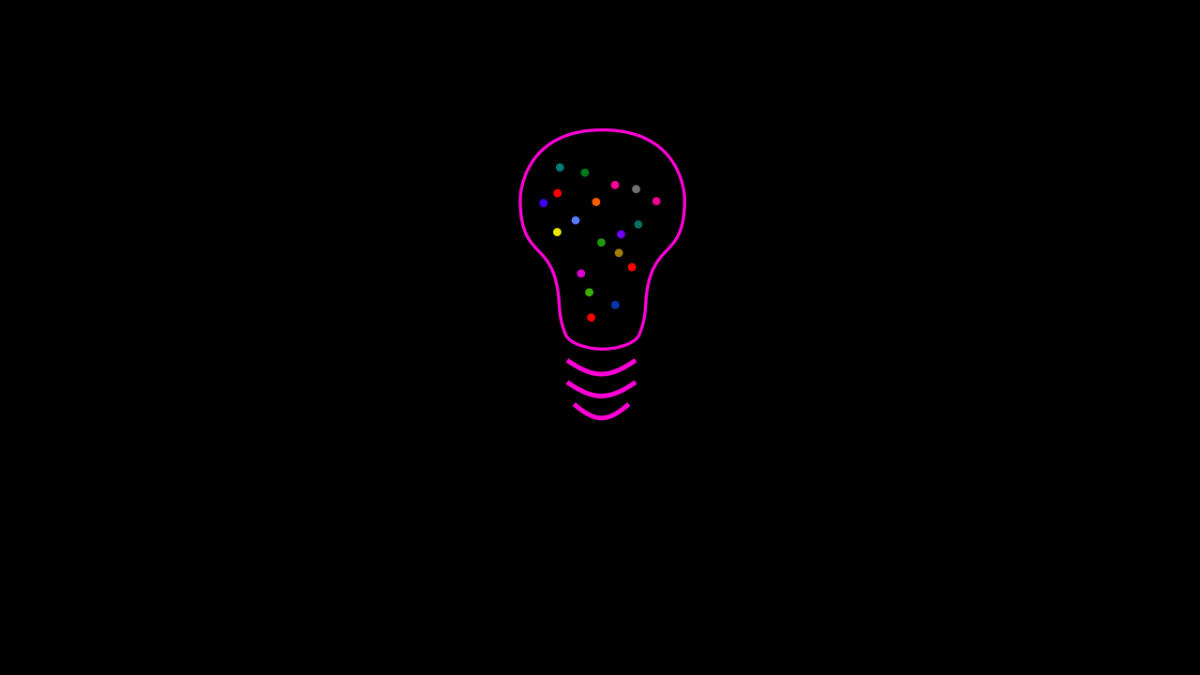
Want more personal guidance? Consider my PKM coaching services where I can help you build a system tailored to your specific needs.
Conclusion
Daily notes are more than just a journaling tool—they're the foundation of a robust Knowledge Management and content creation system. By implementing this approach, you'll never lose a valuable idea again and always have fresh, authentic content to share with your audience.
Remember: the goal isn't to create the perfect system, but to build one that helps you consistently create valuable content while growing your expertise. Start simple, focus on consistency, and let your system evolve naturally based on your needs.
The journey of building a knowledge management system is ongoing, but the rewards are worth it. You'll not only become more productive as a content creator but also develop a deeper understanding of your field and your own thinking processes.
That's it for today! ✨
About Sébastien
I am Sébastien Dubois. You can follow me on X 🐦 and on BlueSky 🦋.
I am an author, founder, and coach. I write books and articles about Knowledge Work, Personal Knowledge Management, Note-taking, Lifelong Learning, Personal Organization, and Zen Productivity. I also craft lovely digital products . You can learn more about my projects here.
If you want to follow my work, then become a member.
Ready to get to the next level?
To embark on your Knowledge Management journey, consider investing in resources that will equip you with the tools and strategies you need. Check out the Obsidian Starter Kit and the accompanying video course. It will give you a rock-solid starting point for your note-taking and Knowledge Management efforts.
If you want to take a more holistic approach, then the Knowledge Worker Kit is for you. It covers PKM, but expands into productivity, personal organization, project/task management, and more:
If you are in a hurry, then do not hesitate to book a coaching session with me:




